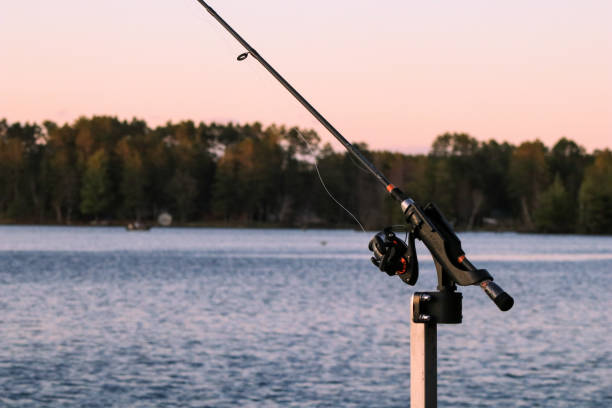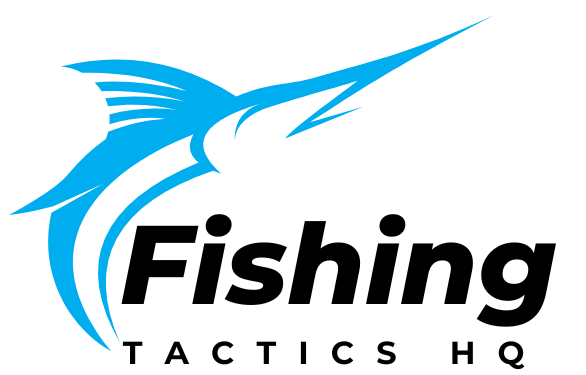Fishfinder devices are changing the way fishermen fish, providing a powerful tool for more successful fish locations. Using a fish finder properly can greatly improve your fishing experience by providing very accurate data on fish status, length, and underwater structures. Improving the accuracy of your fish finder improves the possibility of landing a catch, whether you’re fishing from a boat or using a fish finder for kayak.
Even so, a lot of fishermen may not get the most out of their fish finders due to common issues such as improper setup, not enough testing, and failure to modify settings to suit particular water conditions. Such mistakes might lead to wrong conclusions and lost opportunities. Selecting a suitable device, such as the best Raymarine fish finder reviewed on using fish finder.com, is just the beginning. To avoid these issues, careful installation, regular maintenance, and knowledge of how to change settings for changing conditions are important.
Choosing the best fish finder depends on your fishing technique and environment. Whether you fish in wide waters or specific locations, such as Fish finder Captree, understanding these factors will help you select the correct tool to improve your fishing results.
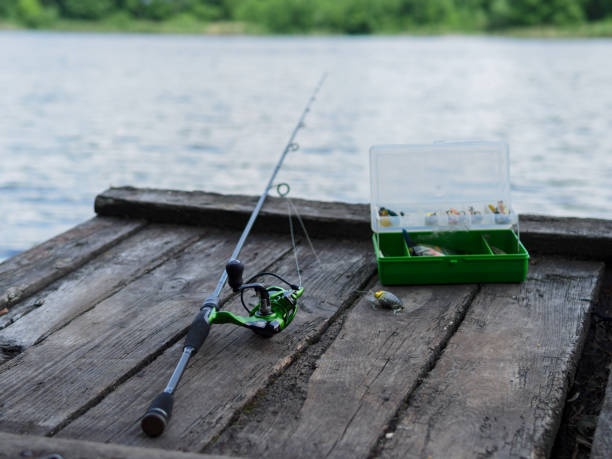
Understanding Your Fishfinder
Understanding your fish finder is vital for making the most of your fishing adventures. Different types of fish finders serve different purposes, ranging from basic sound to advanced ones such as the Garmin fish finder with GPS and CHIRP technology, which provides sharper, deeper underwater images. The GPS combo fish finders not only find fish, but they can also help you with the built-in maps.
When selecting the best fish finder for your needs, consider essential factors such as screen resolution, which impacts image quality, and transducer types, which control how signals are sent and received. Frequencies are also important; higher frequencies are suitable for shallow water, while lower frequencies are better for deeper water.
Choosing the best fish finder depends on your fishing technique and environment. Whether you fish in wide waters or specific locations, such as fish finder Captree, knowing these elements will help you choose the correct tool to improve your fishing results.

Proper Fishfinder Installation Techniques
Proper installation of your fish finder is essential for getting the right readings and improving your fishing experience. Follow these steps to ensure a proper setup on a kayak, boat, or any other vessel. Begin by selecting the right fish finder mounts for your vessel type, ensuring they are safe and solid. For exact signals, the transducer must be placed in a region that is always submerged and free of turbulence.
Avoid usual mistakes, such as lazy wiring or putting the transducer too close to the motor, which can cause interference. To avoid power outages, verify that all wiring is neat, secure, and connected to a reliable electrical source. Following these installation rules will help you stop problems and improve the use of your Captree fish finder or similar models, resulting in reliable and accurate data on every trip.

Calibration for Maximum Accuracy
Calibrating your fish finder before usage is critical for obtaining accurate and dependable readings. Proper calibration ensures that your gear accurately reacts to changing water conditions, whether you are fishing in saltwater or freshwater. To begin, become familiar with your model, such as the Fish finder II or Eagle fish finders, and learn its calibrated settings.
Adjust the sensitivity of your fish finder to detect the right amount of information without creating too much clutter on the screen. Adjust the gain to balance the power of the sonar signal, and select the best frequency: higher frequencies produce detailed images in shallow water, whilst low ones are ideal for deeper water.
If you use a fish finder rig fishing location. By carefully modifying these settings, you’ll improve your fish finder’s quality, allowing you to find fish better and have a more successful fishing journey.
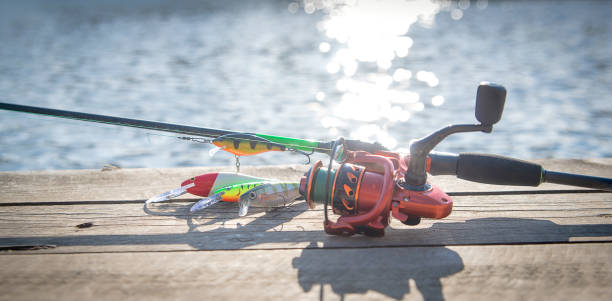
Optimizing Fishfinder Settings for Different Conditions
Optimizing your fish finder settings for different conditions is essential to successful fishing. In deep water, use lower frequencies on your chartplotter fishfinder or portable fishfinder to find fish more under the surface. In shallow water, use higher frequencies for more complete and precise readings. Adjust sensitivity and gain the amount dependent on water clarity; increase in cloudy water for better detection, and reduce in clear water to remove clutter.
To minimize interference and maximize target separation, fine-tune noise reduction and adjust the cone angle to your fishing settings. Use advanced features, like the bottom lock,
Maintain a stable view of the bottom structure, or zoom in to focus on a particular depth range. Set fish alarms to notify you when fish are found. Whether you’re using a Helix 7 fishfinder or another model, these changes can help you adapt to different situations and increase your catch rate.
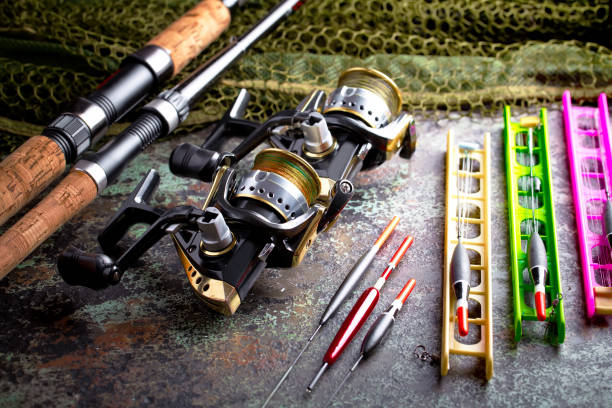
Troubleshooting Common Fishfinder Errors
Troubleshooting common fish finder problems could assist you enjoy your fishing outings without frustration. Typical issues include incorrect depth readings, blank screens, and incorrect signals. These problems can result from poor device location, no longer relevant software, or wrong settings. For a kayak fishfinder, make sure the transducer is properly positioned and strongly fixed, away from turbulence or objects that might affect performance.
If there are problems with your Garmin 4cv fishfinder or ice fishing fishfinder, first check all connections and make sure the battery is fully charged. To minimize disruption, adjust the sensitivity settings and restore the device as needed. If you see blank screens or incorrect signals, make sure the transducer is clean and free of sand.
If these fixes do not address the problem, it may be necessary to seek outside help, particularly if your fish finder needs extensive repairs or software updates that you can’t perform yourself.
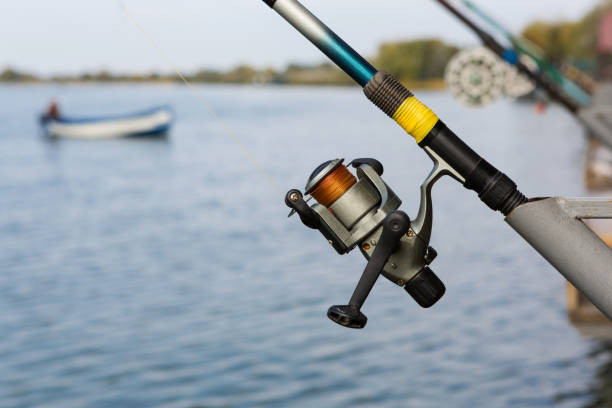
Maintenance Tips to Ensure Long-Term Accuracy
Your fish finder’s accuracy and function depend on proper maintenance. Begin by regularly cleaning your device and sensor to remove any soil, algae, or debris that might compete with the signal. For devices such as the Lowrance HDS-9 Gen3 fishfinder or a portable fishfinder, carefully clean the screen and live with a soft cloth and a little soap. Inspect connectors and cables for signs of wear or damage.
To avoid rust, especially in saltwater conditions, rinse your fish finder with fresh water after each use and carefully dry it. Use covers to protect your device from the elements and keep it in a dry, cool spot when not in use.
Keep your Fish finder combo GPS up to date by checking it often for maker software updates. This confirms peak performance and access to the most recent features, helping you to keep accuracy on each fishing trip.
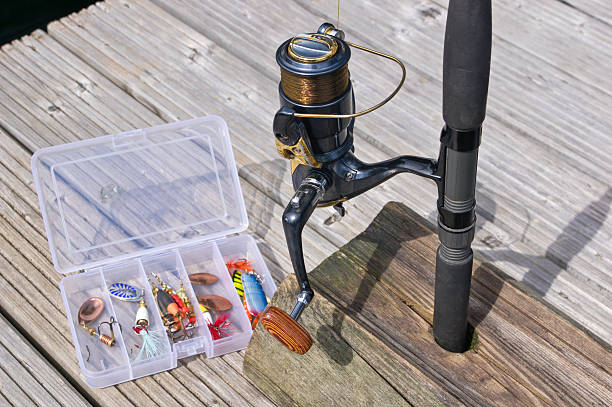
Leveraging Fishfinder Technology for Better Fishing Results
Using your fish finder devices can greatly improve your fishing results by allowing you to correctly identify fish species and sizes. Learn to evaluate the data on your fish finder screen; for example, arches suggest individual fish, while clusters may represent a school. Models such as the Leagle fish finder and Humbird fish finder provide detailed sonar data that aid in recognizing of various species through size and shape.
Use contour maps, GPS, and markers to carefully organize your fishing trips. Mark profitable places, navigate easily and use RAM fish finder mounts to keep your smartphone safe and accessible while out on the water.
Real-life situations are present such as fishermen who used a fish finder to uncover hidden underwater structures or enormous fish schools, resulting in amazing catches. By learning your fish finder’s functions, you may improve your odds of success and have more enjoyable fishing outings.
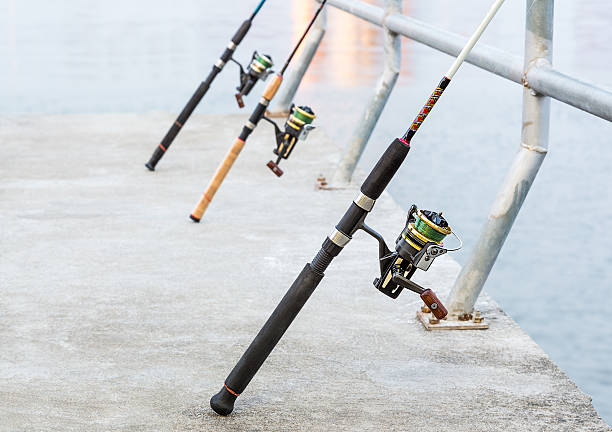
Conclusion
To summarize, getting the most out of your fish finder involves appropriate setup, testing, and consistent maintenance. Whether you’re using a Fish Finder Striker 4 or a GPS fishfinder combo, correctly setting up your device and altering it for different situations will greatly improve your fishing experience. Regular cleaning and software updates will ensure that your fish finder remains reliable and accurate over time.
Follow these suggestions to improve your device’s function and make every fishing excursion more effective. If you’re looking for an upgrade, check out the current discounts at a fish finder clearance sale to get excellent goods at cheap prices.
We would love to hear from you! In the comments section, please share your experiences with Fish finders and ask any questions you may have. Let’s continue talking and help each other become better fishermen.
Call-to-Action (CTA)
Are you ready to take your fishing game to the next level? Download our free “Fish Finder Setup Checklist” or “Top Fish Finder Settings Guide” to make the most of your device, whether it’s a The Author Prime 5 or a Livescope fish finder. These guides are overflowing with expert advice to help you set up, calibrate, and fine-tune your fishfinder for every fishing situation.
Don’t miss out on more fishing tips! Subscribe to our message to get the latest fishing guidance, product reviews, and information on the latest fish finder technology. Stay ahead of the game with guides and information designed for every angler, from beginner to expert.
Click the link below to download your free guide. Subscribe for more exclusive things that will make your next
Additional Resources
Looking for the best fish finder for improving your fishing trips? Check out our complete product reviews and comparisons of the top fish finder models on the market. Whether you’re looking for the best kayak fish finder or a high-performance alternative for your boat, our expert reviews will help you make a knowledgeable choice.
Don’t forget to check out our recommended fishing gear to complement your fish finder and improve your setup. Need help with installation or calibration? Access our user guides and fish finder tutorials for simple, step-by-step instructions.
Visit our resource area now to get everything that you need to improve your fishing experience!
